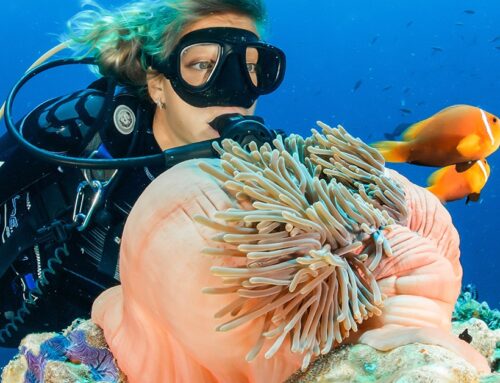First introduced to Singapore by Englishman J. W. Jefferson in 1920, water polo started out as a sport exclusive to the wealthy and affluent. Lets go through a brief history of the water polo scene in Singapore.
Three swimming clubs dominated the sport
- The Singapore Swimming Club, which at that time was an all-European club
- The Chinese Swimming Club, whose members included many well-known local Chinese figures
- The Tiger Swimming Club, sponsored by the Aw family of popular Chinese wellness brand, Tiger Balm.
In the following years, water polo slowly became popularised due to a handful of early champions in the sport. One of them is the Tan family—all three generations of the family participated in the sport since the 1930s.
In 1965, Singapore caught Southeast Asia’s attention at the regional Games. Led by Tan Eng Bock from the Tan family, Singapore’s water polo team secured a win in the momentous tournament.
Although only three nations competed—Singapore, Malaysia and Thailand, during the finals, Singapore and Malaysia ended the game in a tie of 5-5.
In the end, Singapore declared the winner based on goal average. Since then, we have consistently emerged as champions in water polo in Southeast Asia’s biggest games.
How is Water Polo Being Played?
With so much history behind water polo, how is the team watersport played?
In water polo, there are seven players on each team, with up to six substitutes allowed during the game.
Players typically don water polo caps that protect their ears as well as swimming briefs or trunks for the guys and one-piece swimming suits for the girls.
The game takes place in a pool of at least 1.8 metres in depth.
How To Score In Water Polo?
Each team scores by getting the ball through the other team’s goal (goalposts in water polo are able to float on water) and players can only pass the ball to their teammates with one hand. Only goalkeepers are permitted to use both hands to handle the ball.
Players can also move the ball across the pool by swimming and treading, keeping their heards above the water to keep abreast of game proceedings. Naturally, one’s athletic ability in swimming becomes essential in this heart-pumping sport.
The Water Polo Goal Keeper
In addition, only the goalkeepers are allowed to stand at the bottom of the pool. Players have to stay afloat during the entirety of the game. When it comes to defence, aggression towards an opponent is prohibited.
Fouls considered minor include restricting opponent’s movement when they are not in possession of the ball, dunking the ball under the water or being within two metres from the goal without the ball. A free pass will be awarded to the opposing team if minor fouls are committed.
Players who kick or dunk an opponent underwater will face a harsher punishment of being ejected. After three ejections, players will be removed from the game.
Where To Start Learning Water Polo?
Today, water polo can be played in a variety of local tournaments such as the “Open League” and “Inter-School Knockout”. “Under-16”, “Under-18” and “Under-20” competitions hosted by the Singapore Swimming Association for school children currently taking up water polo.
Children can also pick up the sport at academies like the ActiveSG Water Polo Academy and the Pacer Water Polo Academy while adults can look to weekly lifestyle groups for a taste of the high-energy game.











